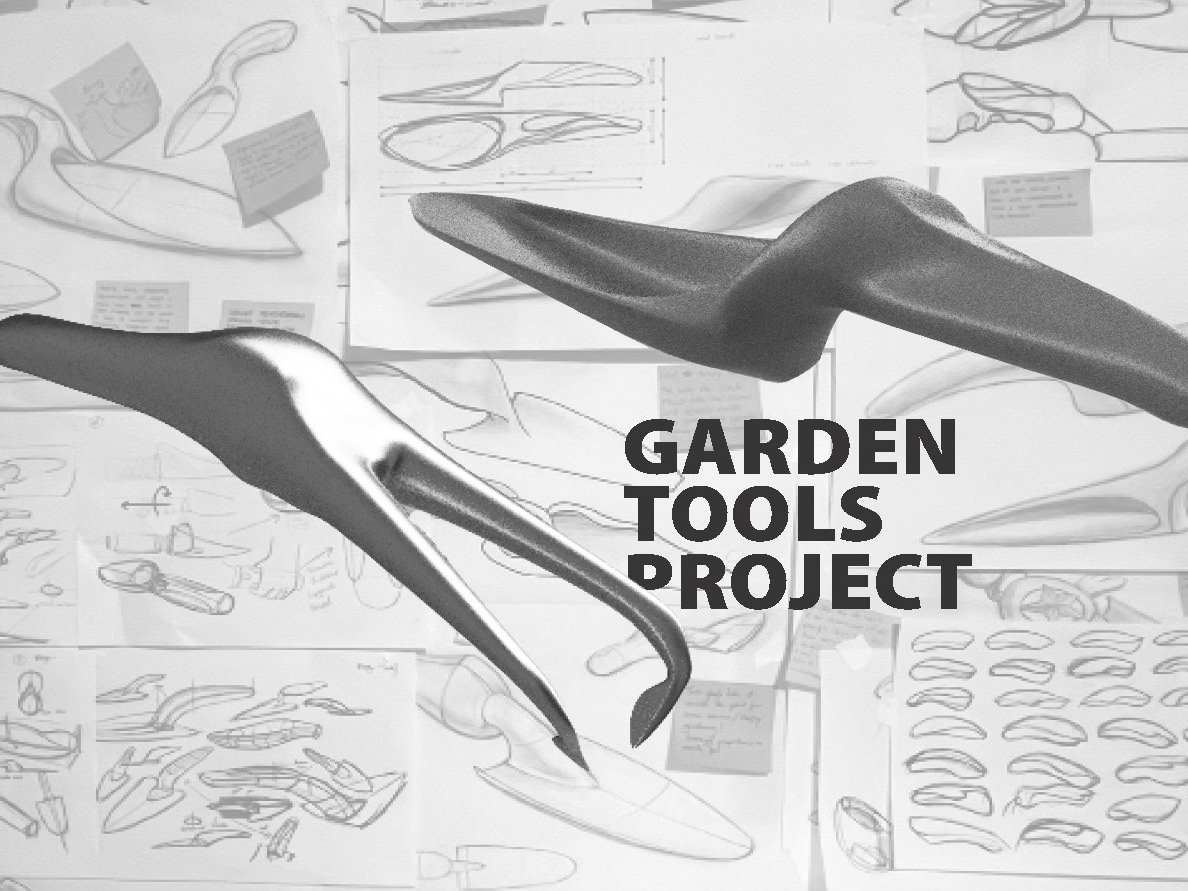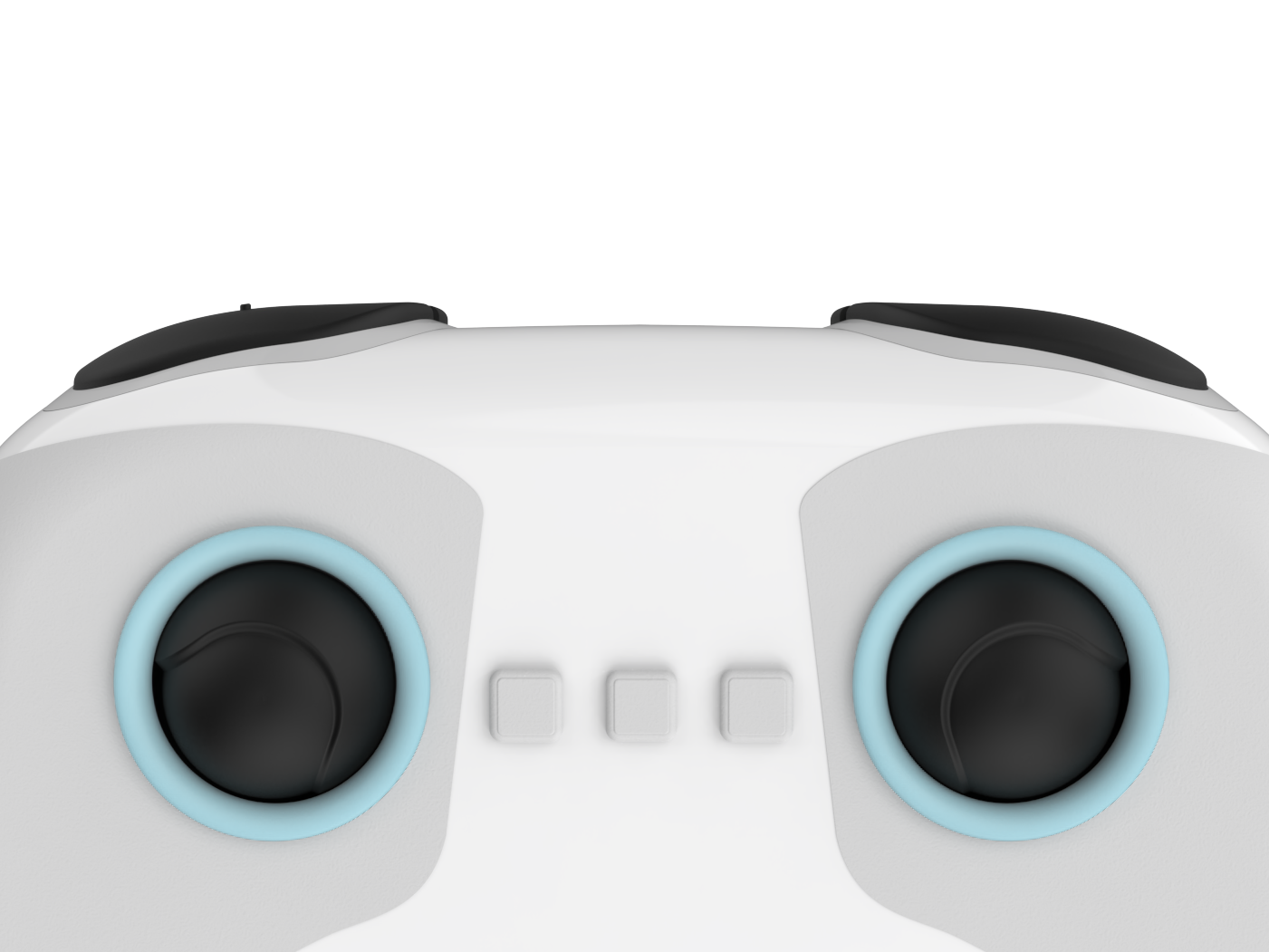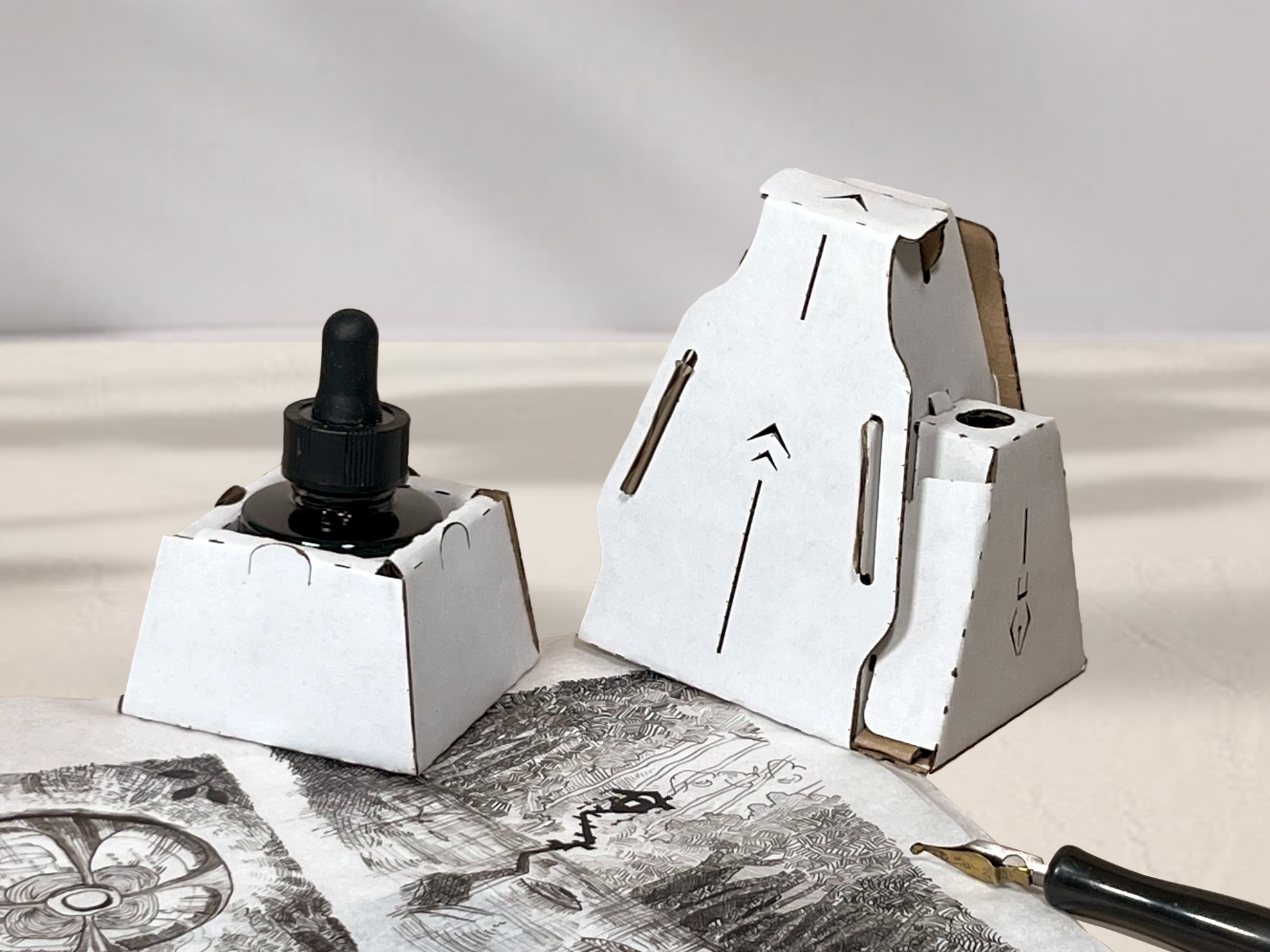UX Research Improvement: KN95 Mask
The objective of this project is to enhance the user experience of KN95 masks through in-depth research, identifying key discomfort factors and refining the design to optimize comfort and fit.
Project Type: UX research
Skills: User interview, qualitative research, quantitative research, data analysis, user testing, industrial design
Challenge: Conduct a research project to identify and understand the specific discomfort experienced by users when wearing KN95 masks with eyeglasses.
Solution: A face mask incorporates a velcro system for adjustable ear loops and a silicone nose bridge pad. These features minimize air leakage, preventing warm, moist air from reaching the glass.
Timeline
Research goals
Research methodologies
Research process
1. Understanding the user
To understand user needs, I collected and analyzed data from:
After I found two common masks, users usually wear medical masks and cloth masks, I asked the participants why they chose those types to get the ideas of users' criteria for choosing a mask.
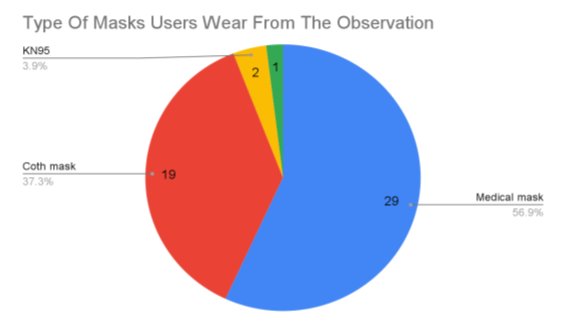
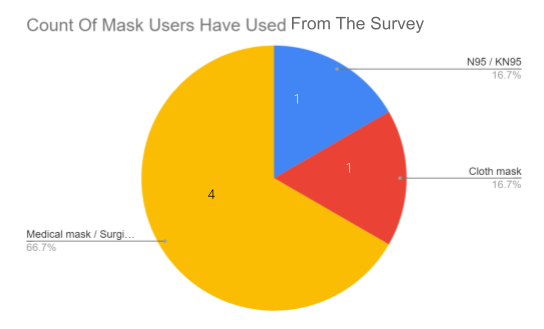
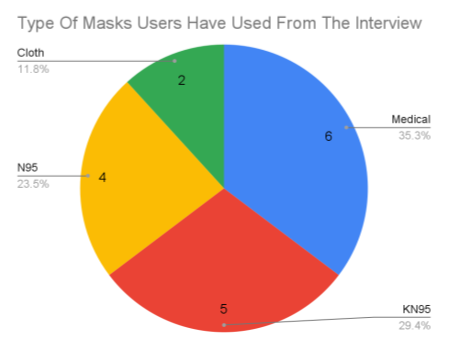
2. Interview
After letting users wear the KN95 mask, I found that user experiences with the KN95 mask were mixed, exhibiting both positive and negative aspects.
3. Detect the reasons
Analyzing user actions and thoughts during interviews, I identified two primary groups experiencing challenges with the KN95 mask: those wearing glasses and those with larger facial structures.
4. Insights
I learned from users about different ways to make the mask more comfortable, and I also studied how other types of masks are designed.
5. Design opportunities
6. The prototype
Together with the ideas from the Research, I measured 15 users with various head sizes to get the average dimension.
7. User Testing
In the total of 16 product tests, 10 tests tested the nose clips, ear loops, and shape, while 6 quick tests didn't test the nose clips
While the Modified KN95 improved in terms of reduced nose clip adjustments, it presented a new usability challenge for users with medium facial sizes, who encountered difficulties because the mask was too big.
Evaluation metrics demonstrated that the modified mask effectively reduced air steaming on glasses. However, user feedback consistently indicated dissatisfaction with the mask's overall size.
Key Findings
1. The Mask is too big for the average user
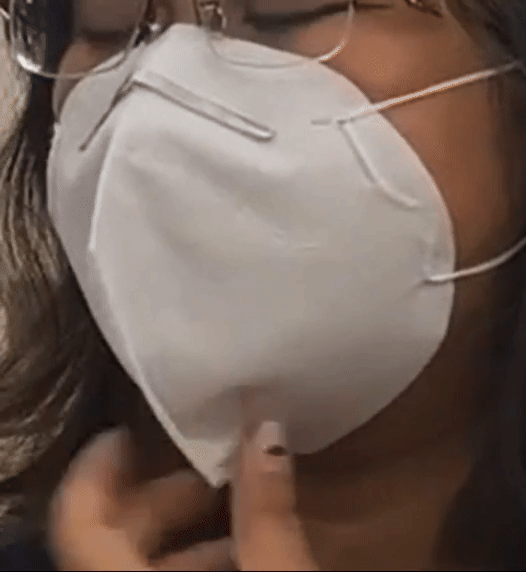
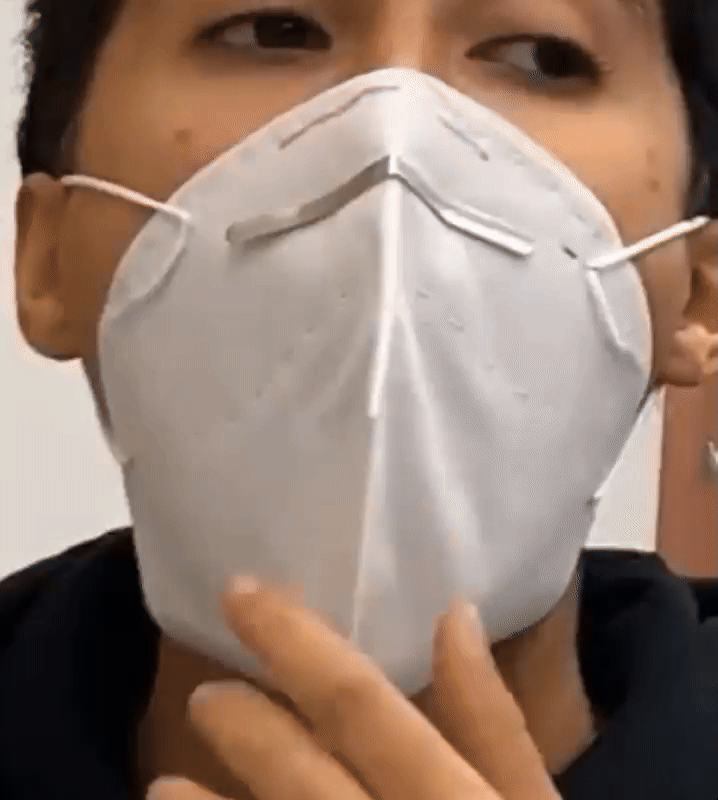
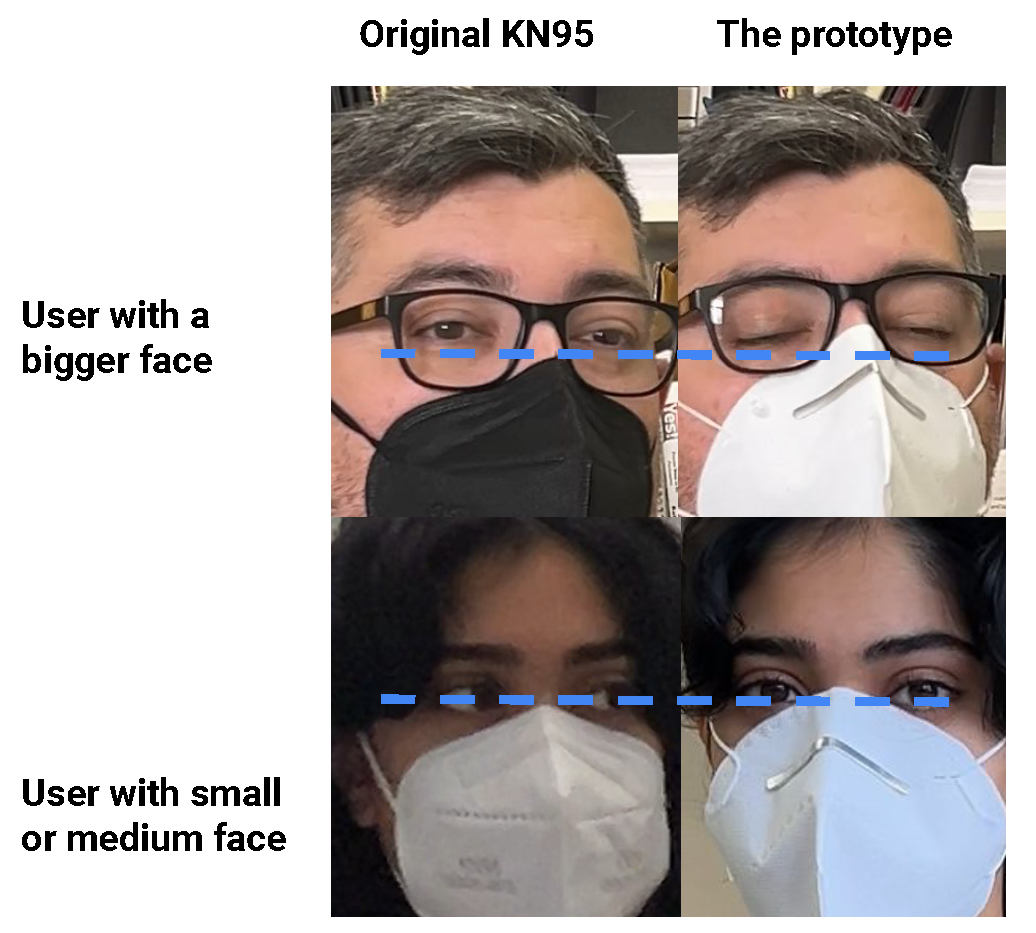
- 13 out of 16 users who have medium and small faces said the bottom chin parts are too long and poke into their eyes.
- 5 larger-face users found the mask comfortable and did not experience vision obstruction.
2. User likes the hook attached earloop
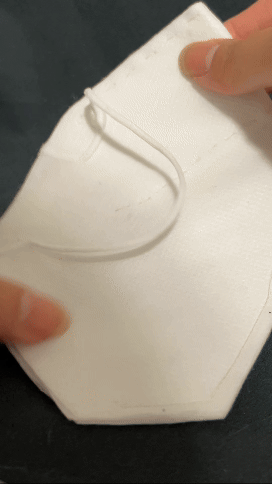
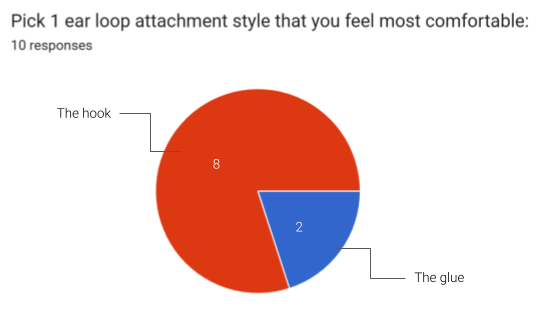
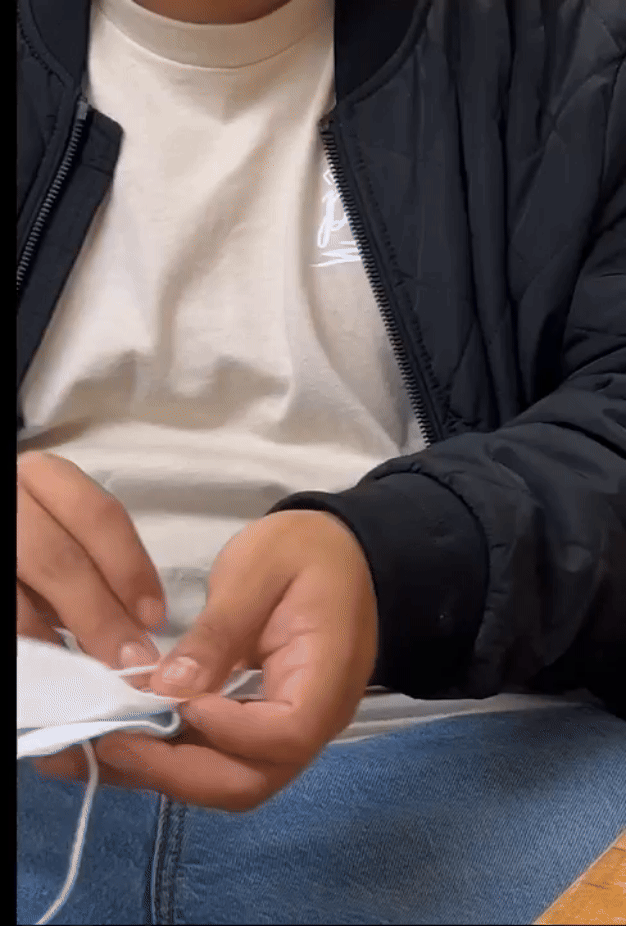
- 8 users feel the hook attachment is easier and comfortable to take out.
- 15 users meet difficulty in understanding how to take out the attached joints
- 13 users pull the straps in the direction toward them
- 5 out of 16 users pull too hard, which almost breaks the hooks
- The user with hand limitation feels the hook is easier for their hand motion
- 15 users meet difficulty in understanding how to take out the attached joints
- 13 users pull the straps in the direction toward them
- 5 out of 16 users pull too hard, which almost breaks the hooks
- The user with hand limitation feels the hook is easier for their hand motion
3. Tension on the ear
- The larger face users said the longer prototype straps were more comfortable, avoiding the ear folding caused by the shorter original straps.
- The primary issues are the thin material and the position of the ear loop after taking the joint out using the prototype, resulting in excessive tension at the top of the ears.
- The primary issues are the thin material and the position of the ear loop after taking the joint out using the prototype, resulting in excessive tension at the top of the ears.
4. Nose clips aren't helpful
- 7 users said the metal nose clip is not the most comfortable, but it keeps the mask secure than the silicone one
- All 10 users reported that the silicone nose clip felt heavy, particularly for those wearing glasses, and ineffective at preventing fogging
- Neither the metal nor the silicone nose clip is more effective in preventing fogged glasses
- All 10 users reported that the silicone nose clip felt heavy, particularly for those wearing glasses, and ineffective at preventing fogging
- Neither the metal nor the silicone nose clip is more effective in preventing fogged glasses
5. The shape isn't distinguishable
- 4 users feel it’s easy to recognize the shape with a metal nose clip outside. Without the outside nose clip, 6 users struggle to figure out the right way to wear the mask.
- 2 users feel flipping the side, which means wearing the top nose at the bottom chin, feels more comfortable because the top nose is too long
- 2 users feel flipping the side, which means wearing the top nose at the bottom chin, feels more comfortable because the top nose is too long
Insights
Blue line: details users like and want to improve
Red line: details users don't like and want to remove
Red line: details users don't like and want to remove
Based on the users' suggestions, the Modify mask should:
1. Trim down the top nose part
2. Replace the hook with Velcro for safety
3. Combine the designs (outside is metal and inside silicone)
4. Move the ear loop attached point higher
5. Fix the shape
1. Trim down the top nose part
2. Replace the hook with Velcro for safety
3. Combine the designs (outside is metal and inside silicone)
4. Move the ear loop attached point higher
5. Fix the shape
Final solution
Based on the research, modifications should prioritize innovative nose clip and ear loop attachment methods. Additionally, a curved cut design will enhance the product's fit and overall appearance, making it more recognizable.

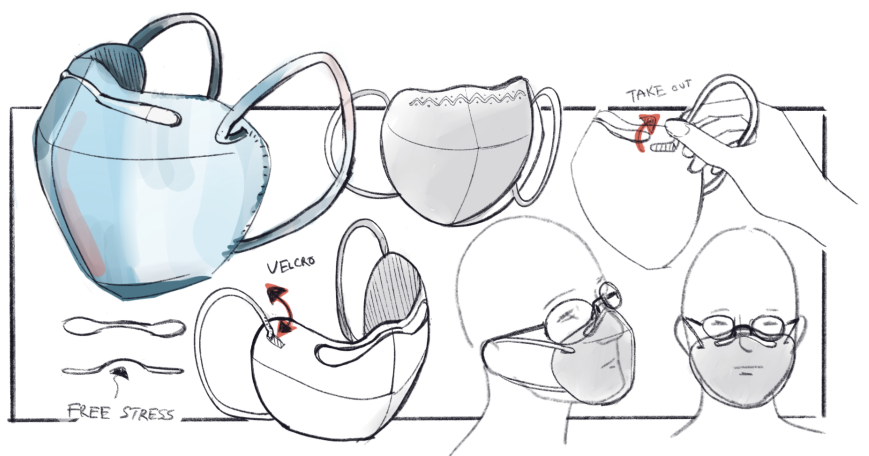
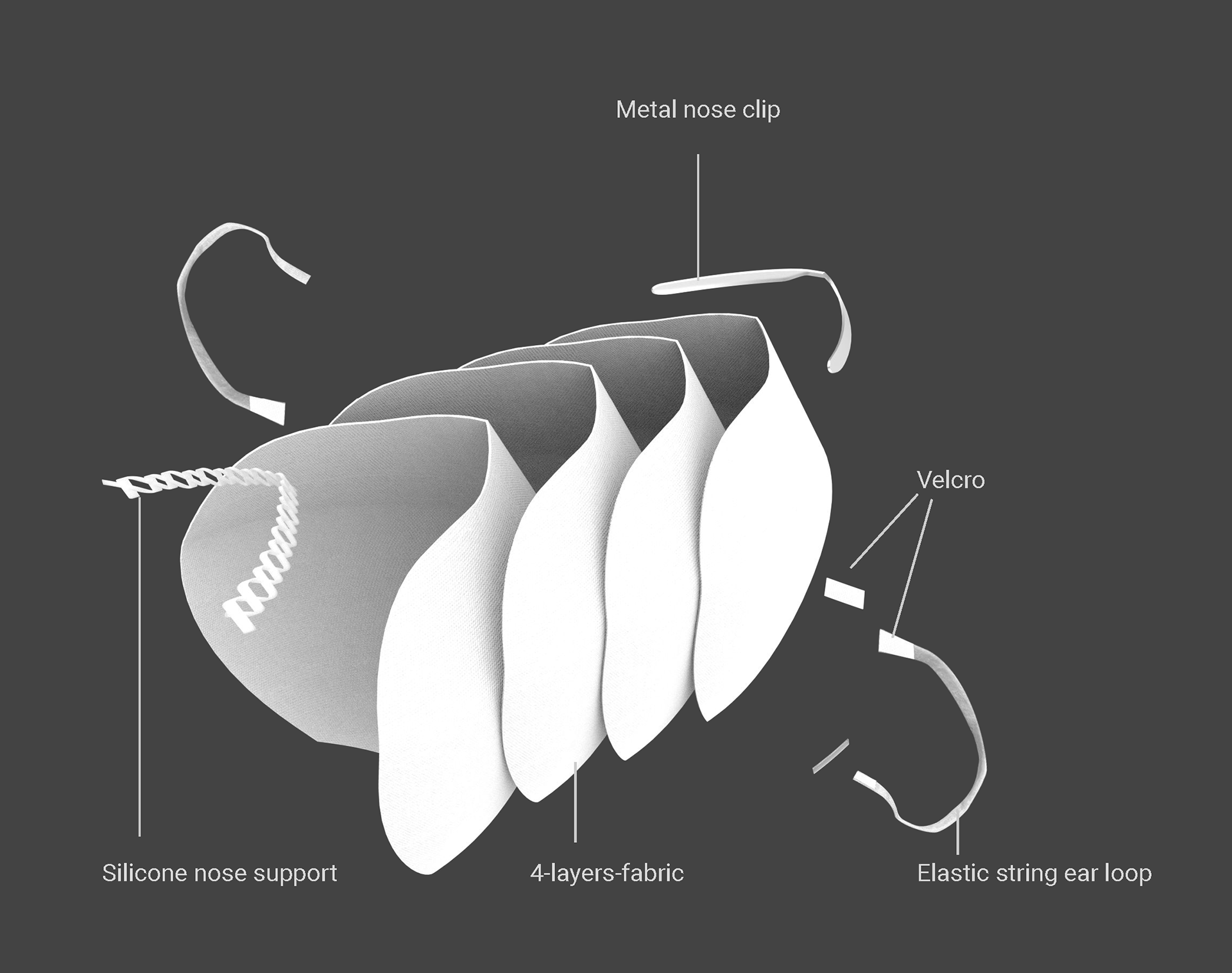
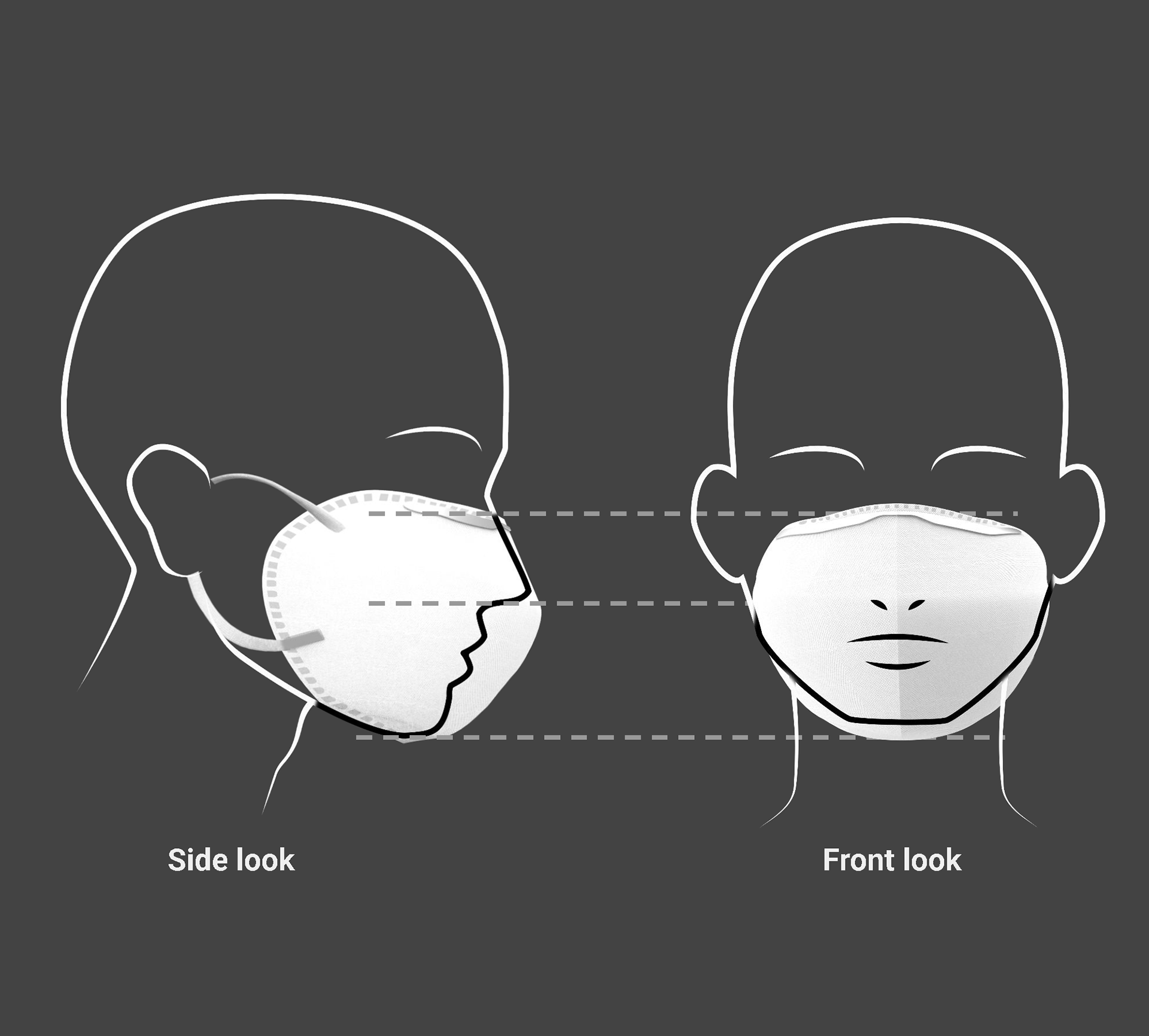
To maintain cost-effectiveness, the original folding style was retained. The design incorporates only 2 joint holders on either side, simplifying user interaction with the micro velcro mechanism. Velcro is strategically placed on both the top and bottom of the ear loop, maximizing strap length after removal.
Self reflection
The research revealed several significant usability issues with the KN95 mask, which can negatively impact user experience and product adoption. Users expressed frustration with the mask's tendency to shift during speech, requiring frequent readjustments. Additionally, fogging and poor fit for larger faces, leading to excessive ear tension, were reported as major pain points. These issues can lead to user discomfort, reduced effectiveness, and ultimately, a negative perception of the product.
What I learned
Empathy
This project helps me with a comprehensive overview of the research process, from inception to completion. It highlighted the importance of considering diverse user groups, including those with disabilities, and encouraged empathy-driven research
User-centric insights
I learned that user testing highlighted the importance of not only listening to user feedback but also observing their behavior and habits. To gain deeper insights, it's crucial to understand how users interact with the product in real-world scenarios. To mitigate bias, using techniques like task-based testing and annotation exercises can provide valuable qualitative data
From research to design
By transitioning between researcher and designer roles, I gained a deeper understanding of the distinct perspectives required for each. As a researcher, I focused on gathering detailed user insights and understanding their needs. As a designer, I leveraged these insights to create innovative solutions that meet user expectations.
Next step

